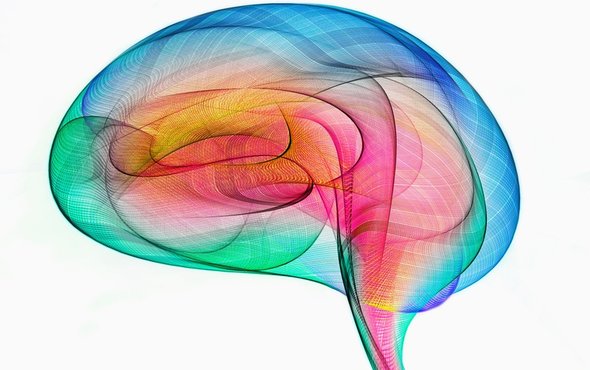American poet Ralph Waldo Emerson once said, “Every artist was first an amateur.” He likely never thought those words would apply to machines. Yet artificial intelligence has demonstrated a growing aptitude for creativity, whether writing a heavy-metal rock album or producing an original portrait that is strikingly reminiscent of a Rembrandt.
copyright by www.scientificamerican.com
 Applying AI to the art world might seem unnecessarily derivative; there are, of course, plenty of humans delivering awe-inspiring work. Proponents say, however, the real beauty of training AI to be creative does not lie in the end product—but rather in the technology’s potential to expand on its own machine-learning education, and to solve problems by thinking outside the box far faster and better than humans can. For example, creative problem-solving AI could someday make snap decisions that save the lives of the passengers in a self-driving car if its sensors fail, or propose unconventional combinations of chemical compounds that lead to new drugs for previously untreatable diseases.
Applying AI to the art world might seem unnecessarily derivative; there are, of course, plenty of humans delivering awe-inspiring work. Proponents say, however, the real beauty of training AI to be creative does not lie in the end product—but rather in the technology’s potential to expand on its own machine-learning education, and to solve problems by thinking outside the box far faster and better than humans can. For example, creative problem-solving AI could someday make snap decisions that save the lives of the passengers in a self-driving car if its sensors fail, or propose unconventional combinations of chemical compounds that lead to new drugs for previously untreatable diseases.
AI with a creative streak will be essential in developing highly automated systems that can respond appropriately to human life, says Mark Riedl, an associate professor at Georgia Institute of Technology’s School of Interactive Computing. “The fact is, we do lots of little bits of creativity every single day; lots of problem-solving goes on,” Riedl says. “If my son gets a toy stuck under the couch, I have to devise a tool out of a hanger [to retrieve it].”
Riedl points out human creativity is also important in human social interactions, even telling a well-timed joke or recognizing a pun. Computers struggle with such subtleties. An incomplete understanding of how humans construct metaphors, for example, was all it took for an experiment in AI-generated literature to compose a new Harry Potter chapter filled with nonsensical sentences such as, “The floor of the castle seemed like a large pile of magic.”
Still, getting machines to accurately mimic human style—whether Rembrandt’s or J. K. Rowling’s—is perhaps a good place to start when developing creative AI, Riedl says. After all, human creators often start off imitating the skills and processes of accomplished artists. The next step, for both people and machines, is to use those skills as part of a strategy to create something original. […]
read more – copyright by www.scientificamerican.com


American poet Ralph Waldo Emerson once said, “Every artist was first an amateur.” He likely never thought those words would apply to machines. Yet artificial intelligence has demonstrated a growing aptitude for creativity, whether writing a heavy-metal rock album or producing an original portrait that is strikingly reminiscent of a Rembrandt.
copyright by www.scientificamerican.com
AI with a creative streak will be essential in developing highly automated systems that can respond appropriately to human life, says Mark Riedl, an associate professor at Georgia Institute of Technology’s School of Interactive Computing. “The fact is, we do lots of little bits of creativity every single day; lots of problem-solving goes on,” Riedl says. “If my son gets a toy stuck under the couch, I have to devise a tool out of a hanger [to retrieve it].”
Riedl points out human creativity is also important in human social interactions, even telling a well-timed joke or recognizing a pun. Computers struggle with such subtleties. An incomplete understanding of how humans construct metaphors, for example, was all it took for an experiment in AI-generated literature to compose a new Harry Potter chapter filled with nonsensical sentences such as, “The floor of the castle seemed like a large pile of magic.”
Still, getting machines to accurately mimic human style—whether Rembrandt’s or J. K. Rowling’s—is perhaps a good place to start when developing creative AI, Riedl says. After all, human creators often start off imitating the skills and processes of accomplished artists. The next step, for both people and machines, is to use those skills as part of a strategy to create something original. […]
read more – copyright by www.scientificamerican.com
Share this: